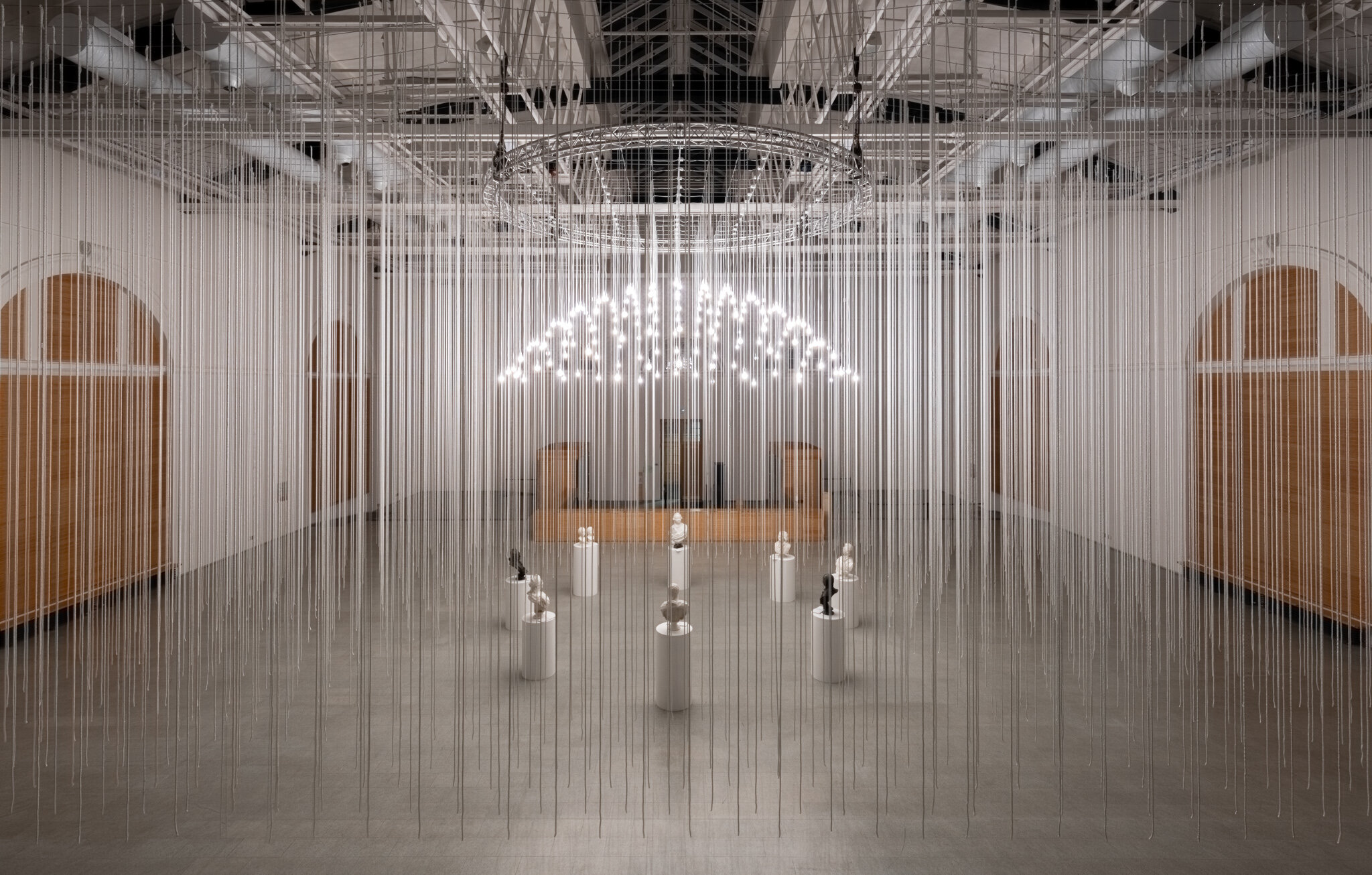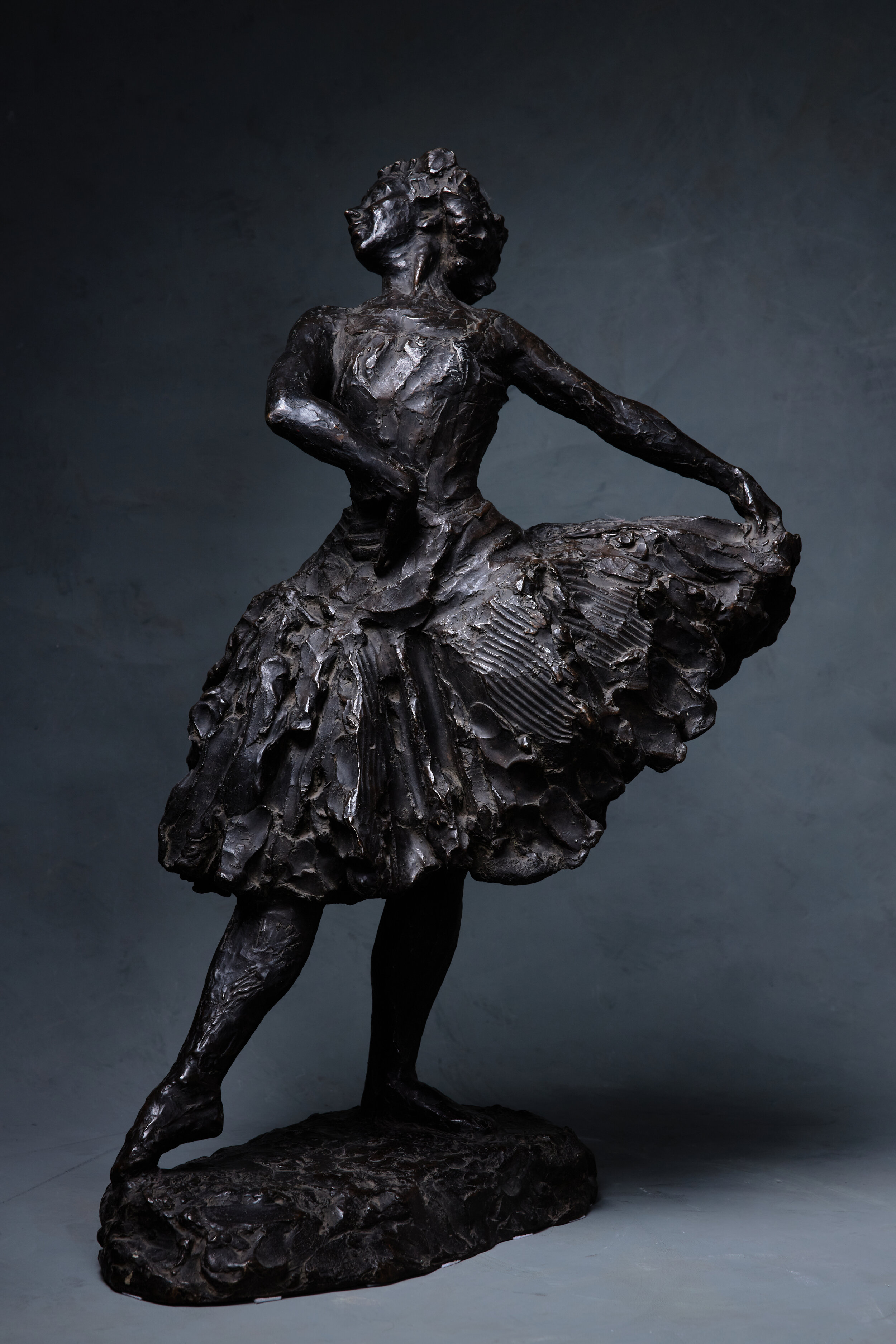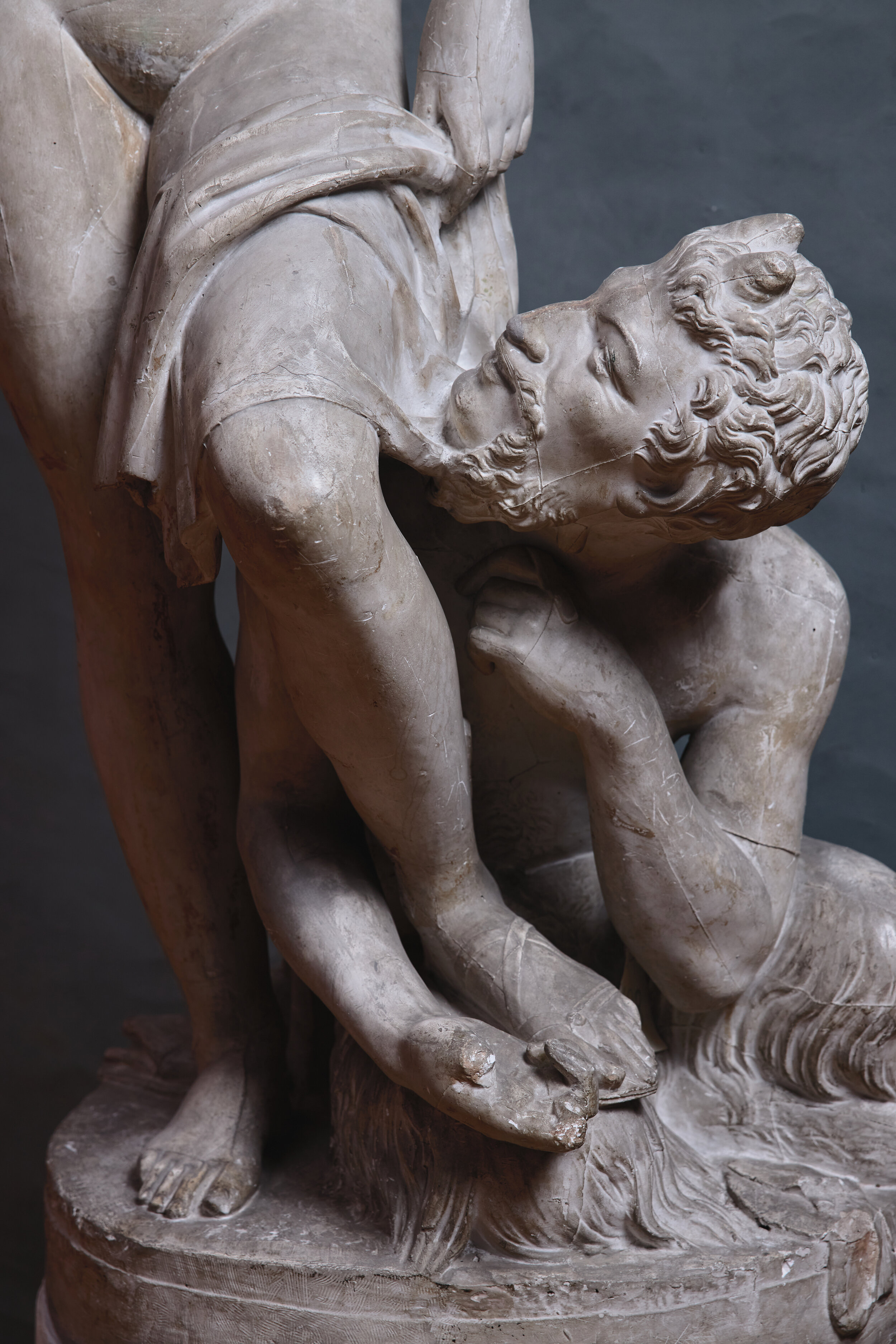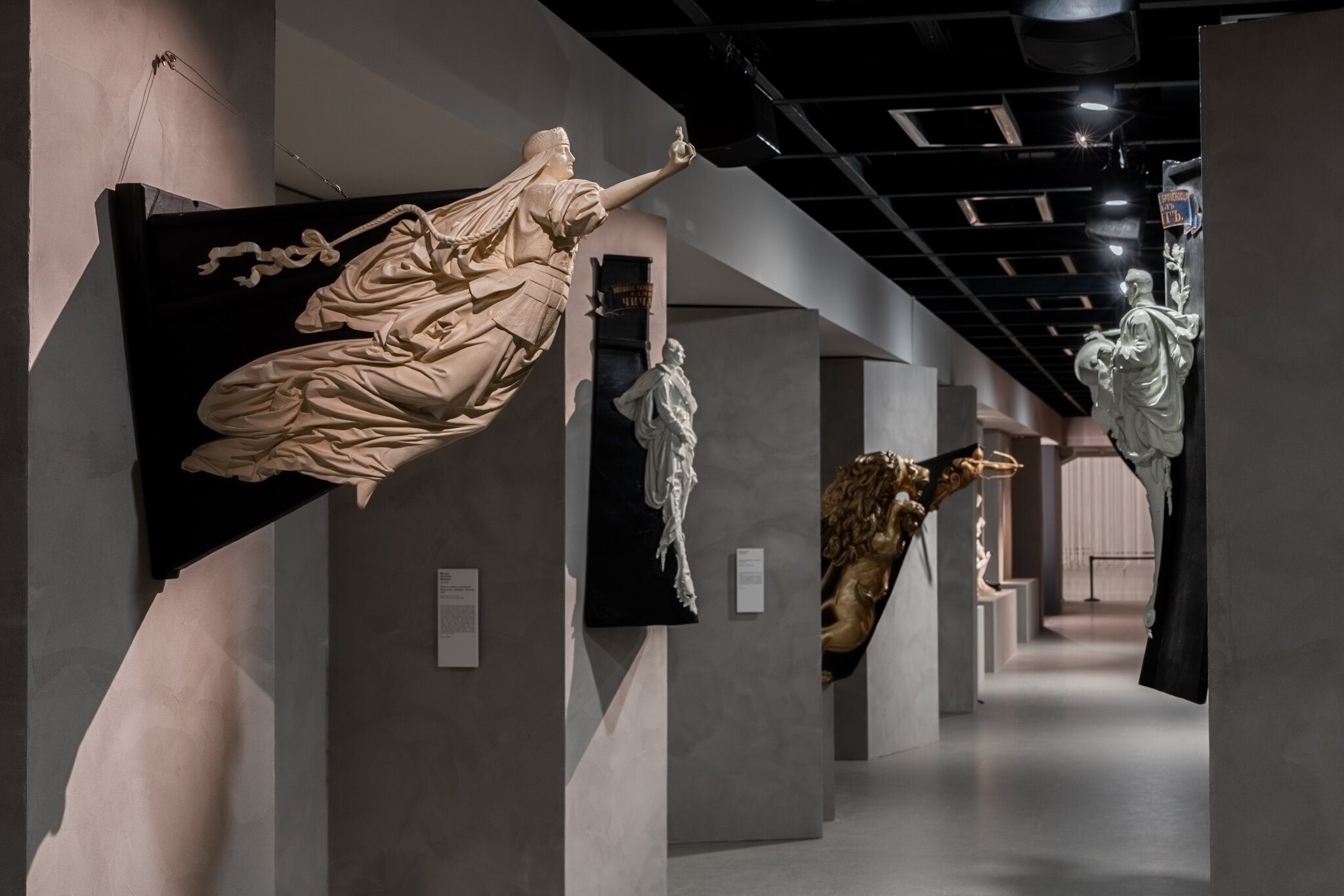Breathing Life into Stillness: An Interview with Elizaveta Pavlycheva of St. Petersburg’s The Manege
A collaboration between Rivka and Elina Yeker
My family and I have been making plans to visit Russia for years because neither of my parents have been back since they left in the 80’s before the collapse of the Soviet Union. With my own interest in travel and wanting to understand my parents’ lives before immigrating, an intrigue in contemporary art around the world and family members dispersed through Russia, in cities like Moscow and St. Petersburg, our incentive to visit is big. While it might not be the exact reflection of how my parents grew up, these major cities resemble the culture, architecture and general disposition of what they once knew.
This is why when an offer to have a conversation with one of the curators, Elizaveta Pavlycheva, of St. Petersburg’s renowned art museum The Manege’s new exhibition, Stillness, and Head of their PR, Aleksandra Kovaleva, seemed like the perfect opportunity to loop my mom, Elina, into this conversation since her appreciation and passion for art and culture is what helped inspire the person I am today. Aside from my mom’s genuine love for art, she also has a degree in journalism from Tajik State University, which she was never quite able to use when she immigrated to the states because of the steep shift in language and culture. 30 years later, I thought I’d bring her back into what she loves the most: making good conversation with fascinating people, consuming art and asking perceptive questions.
As the digital spheres became our everyday realities, many museums — including The Manege — found ways to integrate virtually, whether it was via walk-throughs, recorded conversations with curators and artists themselves, or panels... It was the arts that made sure to help people access culture in a time where everything was disconnected.
The exhibition ran from March 24th to May 16th 2021, but there is potential for its resurgence and continuation. Our experience of engaging with it digitally is what defined our fascination for this multimedia project that blends appreciation for classical art with modern technology.
This conversation was initially in Russian but was transcribed & translated into English.
Exhibition view at The Manege
Rivka: It is a pleasure to meet you and talk to you about this innovative exhibition that showcases Russian Classical Sculpture at its best! Can you tell me more about the project and what makes it special?
Elizaveta (Liza): We worked on this project for two years. It covers the time period from the 18th to the beginning of 20th century -- 160 years of human history and art. This project is one of its kind. We designed it so that Russian sculpture was presented to the audience not as a part of an art exhibition in a far corner, but as a separate entity that deserved to be seen by itself without being a part of something else as an accompaniment.
Elina: Why did you combine different styles and different eras of sculptors under one umbrella?
Liza: Stillness is an exhibition of the golden age of art in Russia. It combines 150 sculptures by 65 different artists, some of them are well known and some of them were undeservedly lost in time. I am emphasizing that we were selecting only -- I’m not afraid to say -- masterpieces.
We tried to select the best of the best sculptures. In order to do that, we invited experts, people who studied and worked with this type of art for many, many years. Our team was presented by Elena Karpova (State Russian Museum), Natalia Logdachyova (State Russian Museum), Evelina Tarasova (State Hermitage), Vladimir Yevseyev (Manege Central Exhibition Hall) and me. Our collaborative work and deep knowledge of this topic helped us make this intentional selection. We worked with more than 250 funds from art museums from all over the country and finally selected 150 masterpieces from 35 museums. All these sculptures can be described as Russian “high society” art.
This kind of sculpture appeals to history in the form of portraits of great people of their time – emperors, writers, poets, politicians, artists. We tried to present sculpture as a living art. As it was said about the well-known works of Fedot Shubin, “his marble is breathing.” It is understood that a touch of a human’s hand makes a cold stone alive, but the sounds of the opera fills the stone with new energy. The Mariinsky Theater was also greatly involved in this project. Vasily Barhatov, the stage director for Mariinsky theater, played a big role in helping us with music choices that best reflect the history of Russia and St. Petersburg in particular. He matched arias from operas with the sculpture theme and assigned a voice to a still sculpture. The idea of this project is to present Russian Classical sculpture to the public in a new, innovative way. The preservation and history of sculptures for the future generations is also a part of the project. As a result, we will have a catalog of this exhibition available for the general public.
Elina: Tell us more about the logistics of this exhibition.
Stillness is a synthesis of four elements: Music (opera), Space, Sculpture and Light. This combination is what makes the exhibition special. The sound of the opera is an essential part of this exhibition -- the soundtrack was recorded by the world famous opera singers Montserrat Caballe and Anna Netrebka. The Aria of “Norma” from the opera Norma by Vincenzo Bellini is performed by Montserrat Caballe while the Aria of “Tatiana” from the opera Eugene Onegin by Piotr Tchaikovsky is performed by Anna Netrebka. Both art genres, despite their differences, have something in common -- they are static, but when combined together, they bring each other alive.
In addition to music, light plays its own important role. The beam of light drops down on every sculpture one at a time while carefully selected music plays for each particular sculpture, emphasizing not only the beauty of a silent movement but also the story of its time. The music and the light create the atmosphere of a theater and bring a cold sculpture to life. The architecture of the space reflects the architecture of Saint Petersburg opera theaters. It starts with a foer, make up room, followed by a stage and finally, a behind-the-stage space. While standing in the foer, you can hear the sound of the orchestra, which helps prepare your mind and allows you to feel surrounded by the mysticism of the theater.

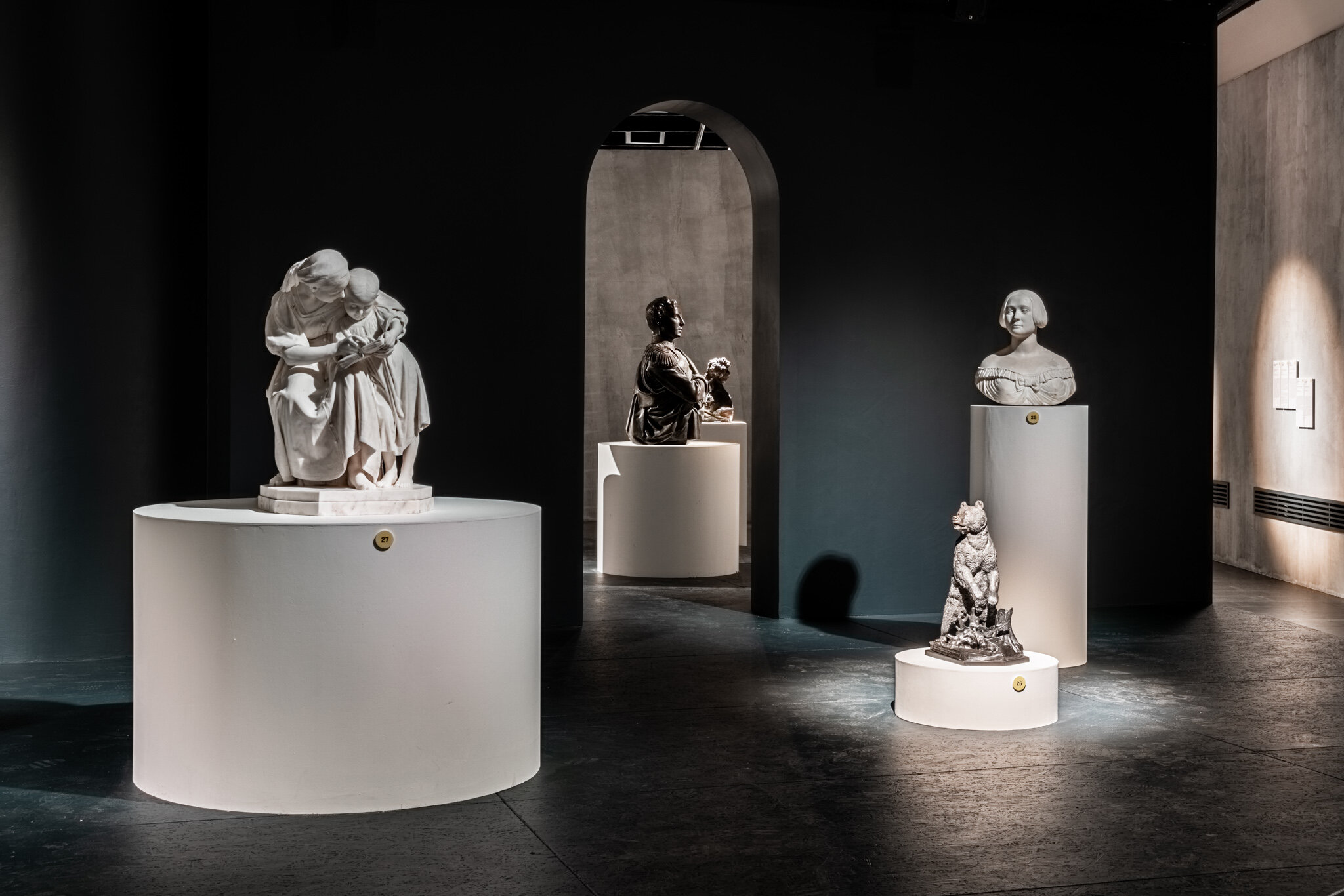
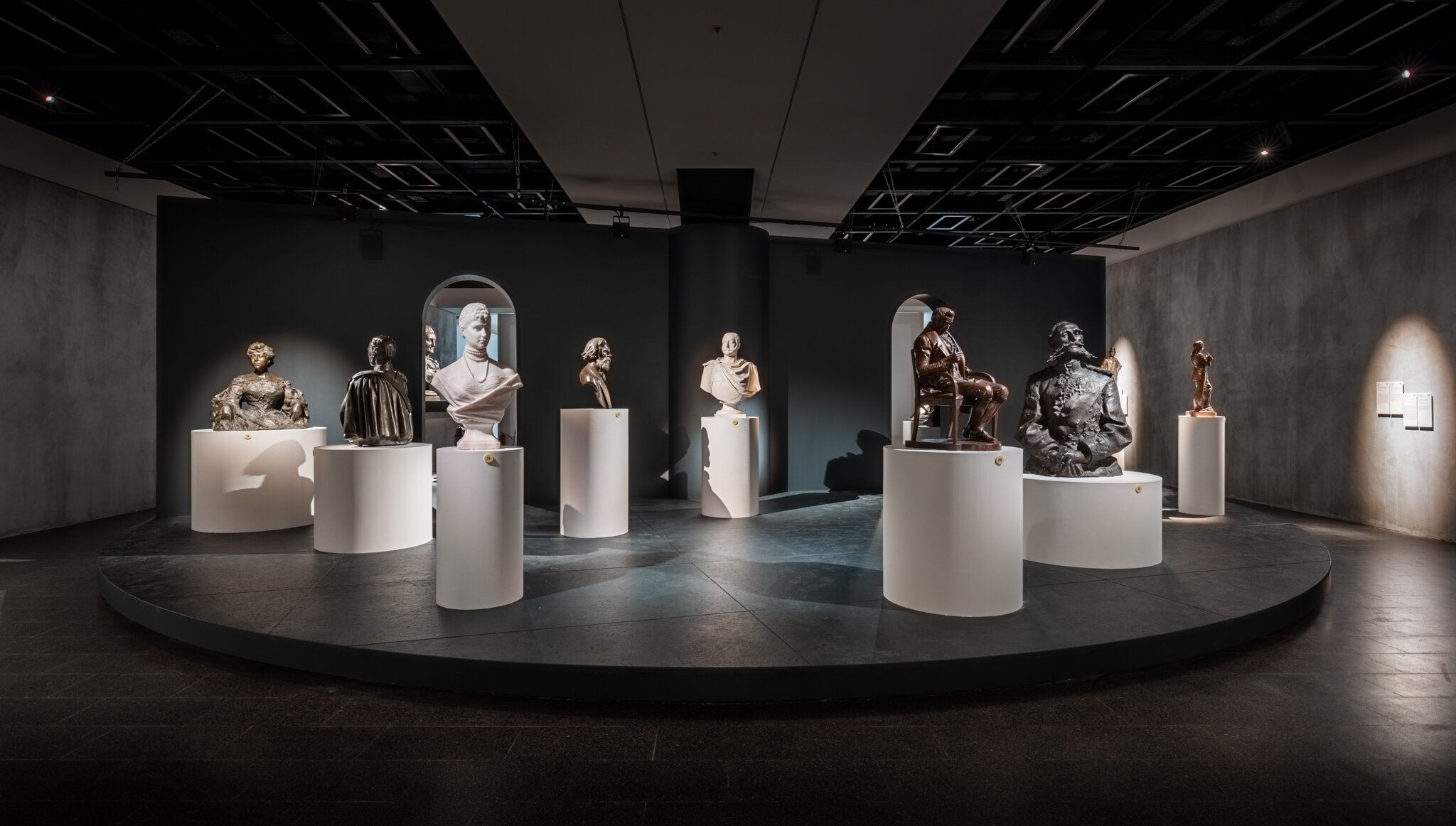
Elina: I’m sure this celebration of Russian classical sculpture will be interesting to many art lovers all over the globe. We understand that due to COVID, it is premature to talk about a traveling exhibition, but what about a virtual one? What’s your plans for the near future?
Liza: It would be great to present our project to as many people as we can in different cities and even countries but as you mentioned Covid restrictions keep us away from traveling. Unfortunately, Covid makes this mission impossible for now. There is a possibility of a virtual tour and a catalog of this exhibition that will be available soon. We also hope that our plans to take this exhibition to Moscow will come true. After the exhibition is over all sculptures will be returned to their home museums. Therefore, it makes it difficult to collect these art pieces together again.
Rivka: Why are we breathing life into classical art? Why are we reclaiming classical art and trying to bring it to the future, exposing it to current day viewers?
Aleksandra: The past may inspire new generations. Also, the opera and design of the exhibition is a very modern way to present it. Every person who attends this exhibition can find their own meaning… It covers a wide period of Russian history -- many sculptors traveled to Europe and were very inspired by European artists. This project united all types of audiences and people who come for art and people who come to take pictures for Instagram! So, in our understanding, the way this exhibit is presented, there is a bridge between the past and the present day. Once again, I would like to point out that one of the missions of this project is to let classical sculpture speak for itself without competing with other arts. What also makes this exhibit is that it is a massive project with lots of scientific research that truly highlights Russian sculpture.
Rivka: I understand that you are looking for publicity outside of Russia but what can you offer to American audience if Stillness cannot be available for them in a physical form?
Aleksandra: American audiences will be able to enjoy it, too, as soon as our virtual tour accompanied by music will be posted on our website. We would love to expose American audiences to the Russian history of sculpture and art. We look forward to working with American artists as well!
Elina: Thank you Sasha and Liza -- the work that was put into such a profound, beautiful and expansive exhibit is truly admirable. I hope in the future it can make its way to Chicago so American audiences can experience classical Russial sculpture with musical and light accompaniment!

